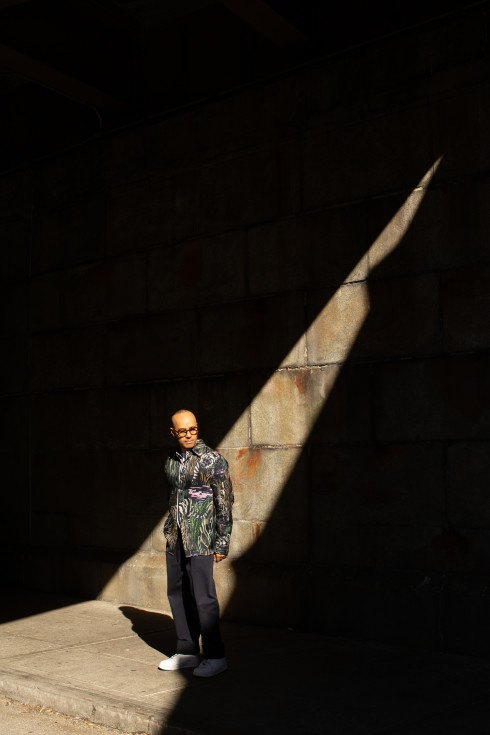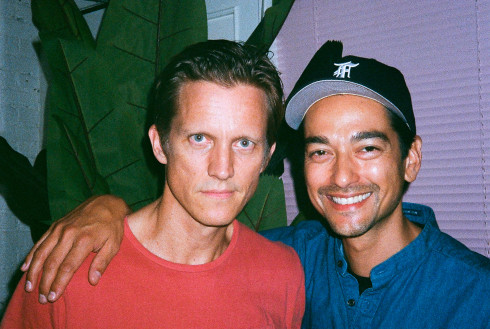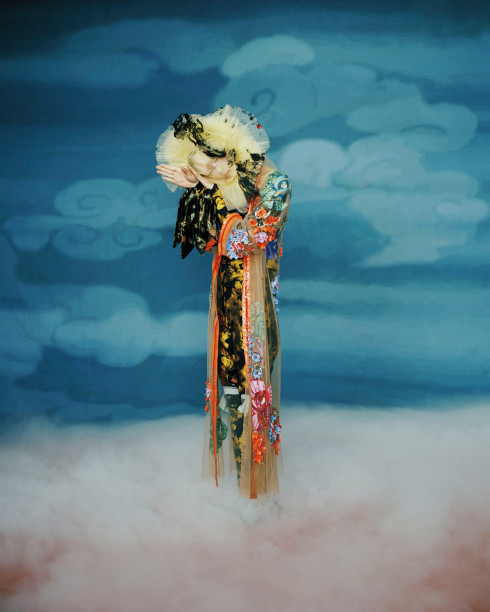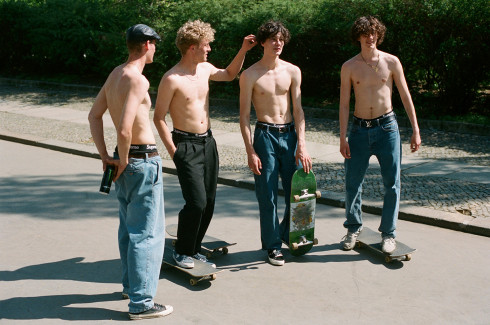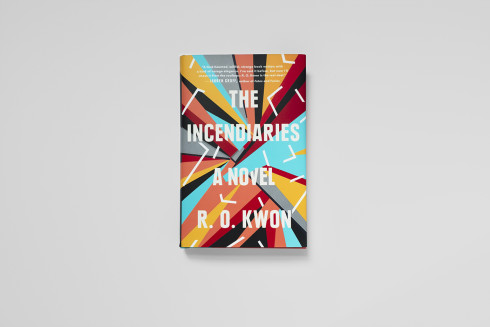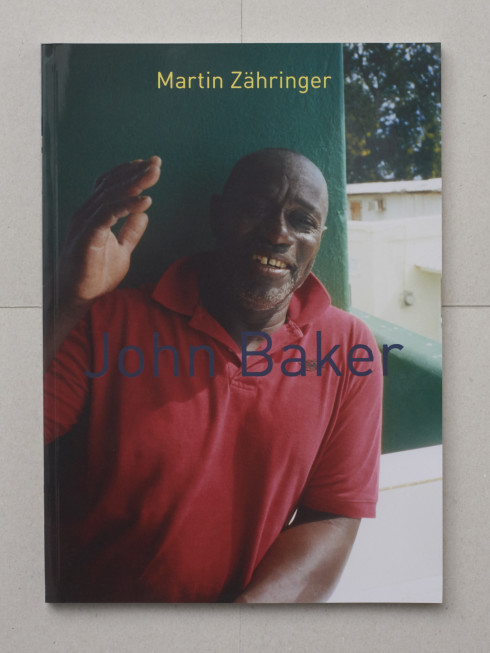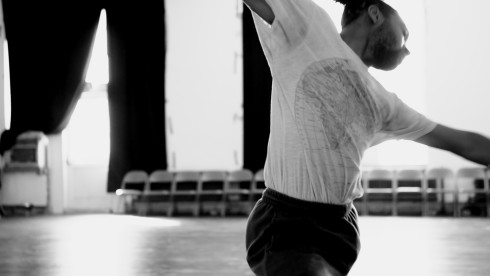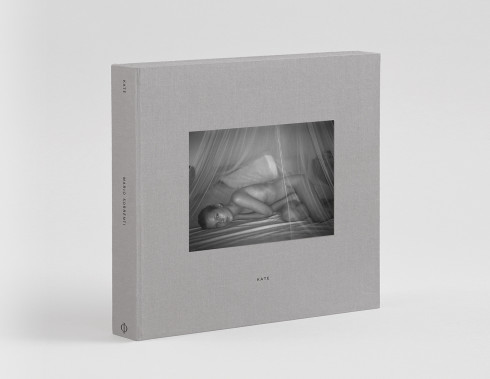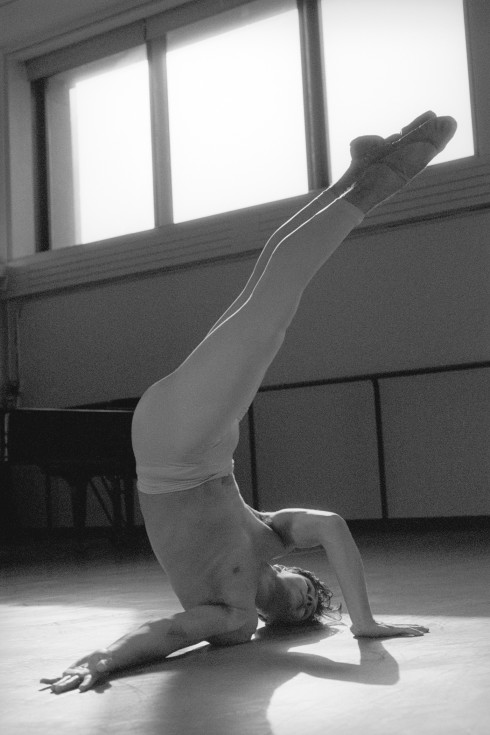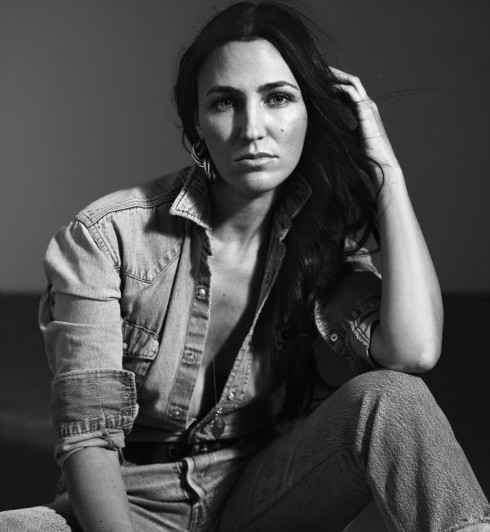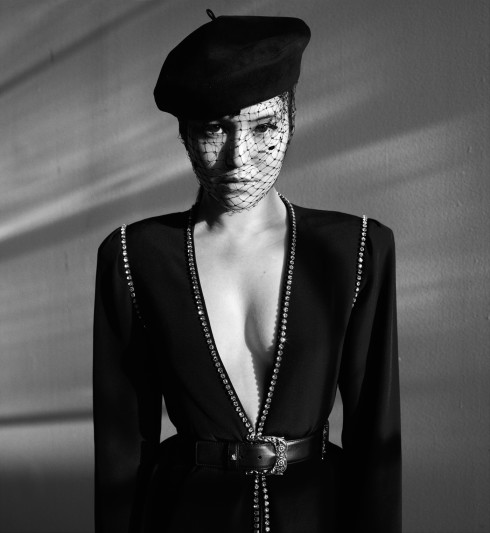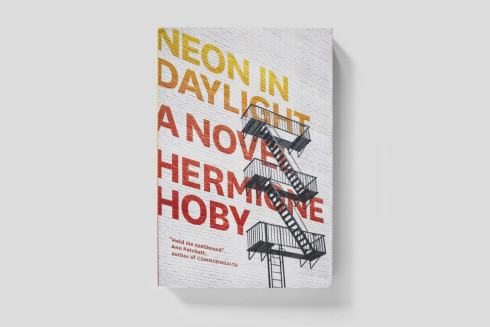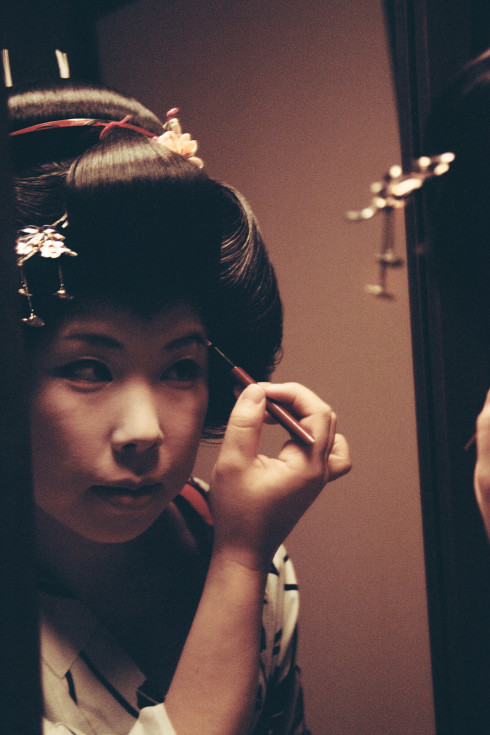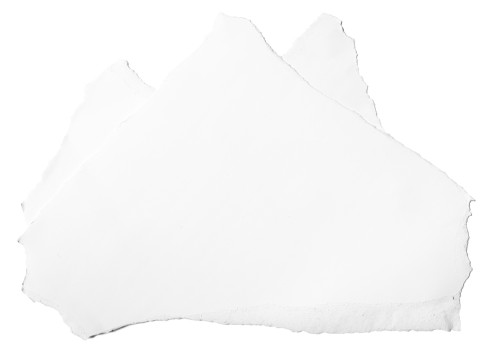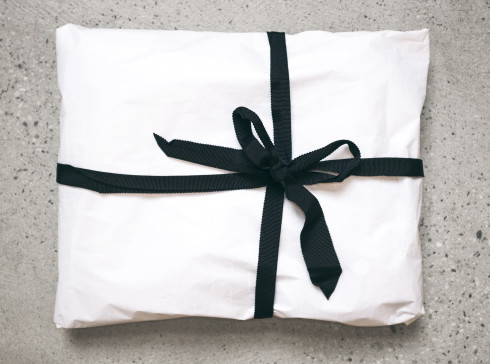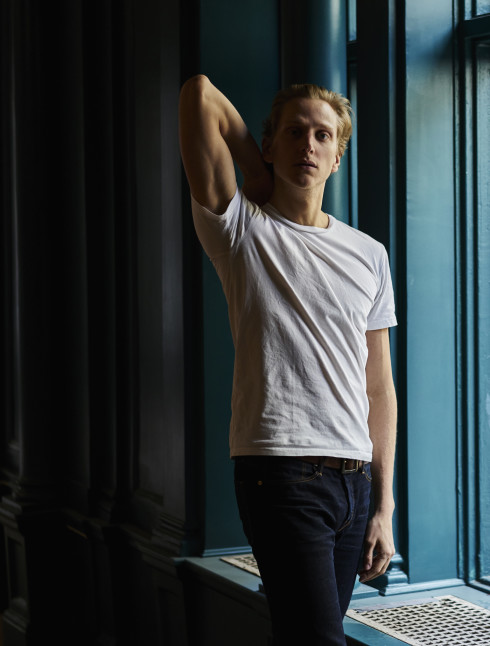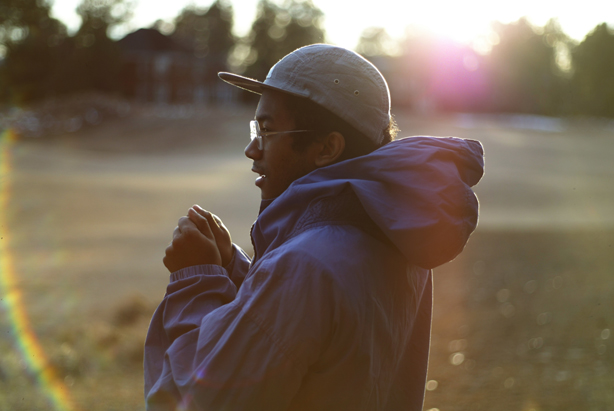
TORO Y MOI
It’s hard to fall in love to Auto-Tune and modern pop music is accordingly just rebounding from a cold, mechanical dip into the overproduction pool. It takes some kind of special to dive back in and emerge with an album that is touchingly human. Toro Y Moi’s mastermind, 25-year-old Chaz Bundick, recently put out Underneath the Pine, a melancholy wash of South Carolina yarns and heartbreak. But buried within his layers of sliding keyboard and scratched funk riffs is a self-professed workaholic who’s still trying to figure out how to sing in front of his friends.
Bundick’s music has been called “chillwave,” “glow-fi,” and several other terms ending in “–wave.” None of which are really correct. The disparate movement developed around the same time that producers like Dr. Luke (“California Gurls,” “Tik Tok,” “Dynamite”) ruled the airwaves. Chillwave took the same ’80s influences and studio-based wizardry in a different direction. Instead of robot-pop, chillwave quietly turned out ambient songs that played on the collective nostalgia of the artist and the listener. Bundick, though not enamored with the label, was considered the golden child of chillwave—a musical savant as deft with loops and laptops as he is singing out his emotions.
Singing about your friends can be tough, especially at hometown gigs. “You know, I used to think about it,” Bundick says just two days before his album’s South Carolina release party. “I think it’s only hard for me to sing those lyrics when I’m in front of the actual people they’re about.” Even though Bundick isn’t performing, he seems anxious. “It’s just going to be kind of weird. I don’t even really want to be there when [my album] is playing.”
This isn’t said with rock star bravado but with a shy modesty. Bundick would rather be in his home studio playing with sound or laying down tracks. He if could be free of press junkets and his upcoming tour, Bundick says he would split his time driving around the South looking for good food and working in the studio on more music. Yet this second album sees him changing up his studio strategy. A brilliant song-sampler, Bundick decided to record Underneath the Pine live to get back to his roots. “I used to record with just a guitar or just a piano,” Bundick says. “They felt intimate but they weren’t really conveying emotion. I felt like they were just cute little songs or something.” His computer work helped add those extra layers of emotion through tweaked notes, beats, and cut-ups. But for someone so used to seeing music in individual parts, that approach started to lose its appeal. “What’s nice about this is I had to record all the parts all the way through for [Underneath the Pine], I wouldn’t just do it the way I work on the computer. You go all the way through the song so many times you just start hearing it as an instrumental, not like as a verse, a chorus, a bridge.” The influence was less electronic esoterica and more Ennio Morricone, says Bundick, claiming the album pulls from movie soundtracks and their ability to suggest emotion and shift pace.
It’s unsurprising then that Bundick has a visual background. He received his bachelor’s in graphic design, designs his own merchandise and album covers, and is an avid amateur photographer along with—apparently—the rest of his touring band. “There are four photographers in the band, pretty much all of us have cameras, and every time we’re in a big city we’re like, ‘ooh, ooh!’ and we fight over who gets to take what photo first. It’s pretty pathetic.” As it turns out, the photos—mostly collected on Bundick’s photoblog—aren’t half bad, even if they veer close to the band’s lo-fi aesthetic. Those pictures, however, are more than just tourist snaps, they’re a way for Bundick to capture and record the world around him. “I never really kept a journal, so I don’t know when it started happening, but I started regretting it. I would always draw but I would never really write anything down about the small things that would happen. I feel like the small things are what I tend to be more interested in finding out about in my past.” Bundick’s pictures are often light, but they carry the weight of memory, mementos to remember where he has been.
It’s all perhaps part of a next big move for Bundick. His friends have started leaving his hometown of Columbia and he feels like he’s next to go. “I gotta move out, so I’m just trying to get better at staying in touch with people before I can’t see them walking down the street every day.” He says much of the album was written about trying to stay in touch with an ever-dissipating group of friends. Whether it’s taking pictures or writing songs, Bundick is bound up with concepts of memory and a disappearing sense of home. Underneath the Pine is more than cheap wistfulness, it instead glides from hometown funerals to friends and love and absence. “New Beat” ends with a mantra of “Don’t forget/don’t forget.” Bundick’s nostalgia feels earned and heavy.
Another crazy tour schedule means that Bundick will be on the road nonstop for the next four months, driving between gigs, singing about home, and maybe even taking a picture.
Photography by Bryan Bush, courtesy of the band.
